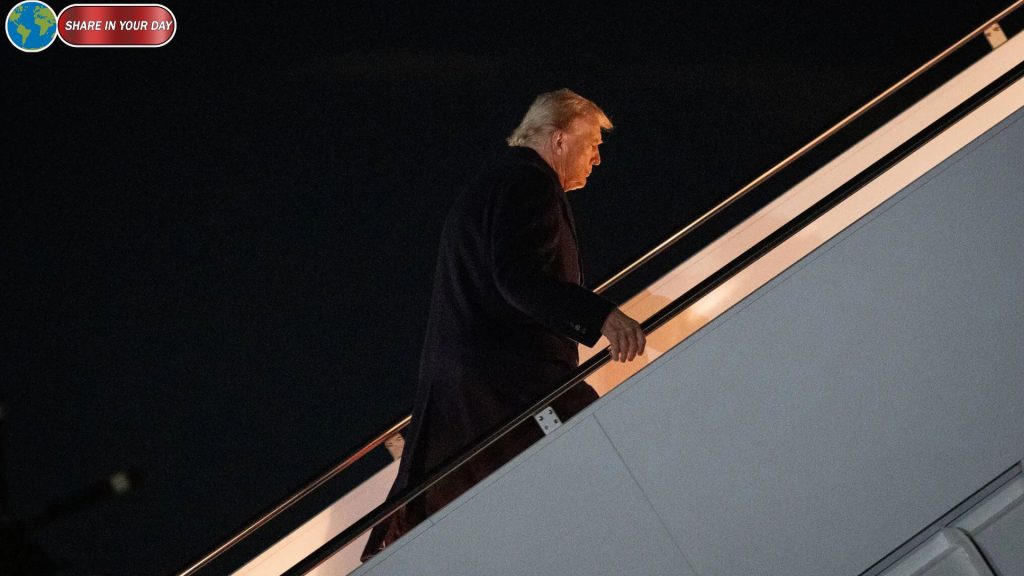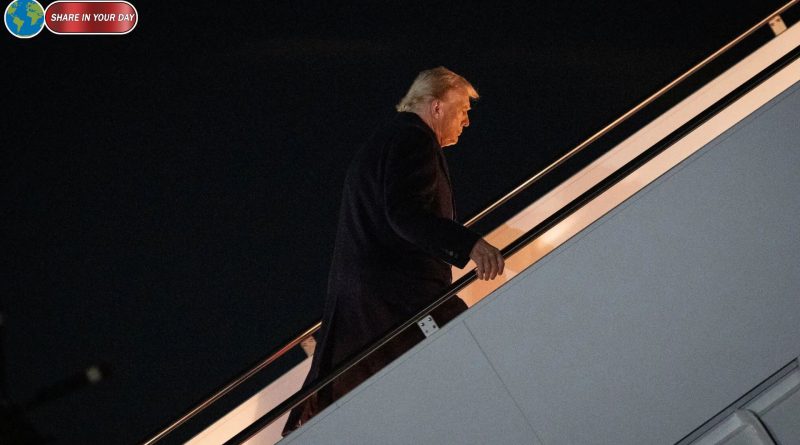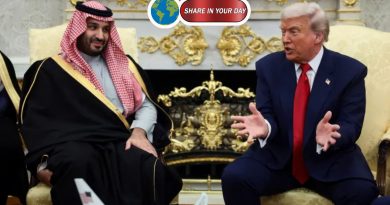President Donald Trump begins a four-nation diplomatic and economic swing through Asia, with his stop-sequence including Malaysia, Japan, South Korea and a bilateral meeting with China’s leader, Xi Jinping. The tour underscores a dual objective: projecting deal-making muscle while addressing strategic tensions between the U.S. and China.
Trump’s first stop is Kuala Lumpur, where he is scheduled to meet Malaysian Prime Minister Anwar Ibrahim and participate in regional diplomacy around the Association of Southeast Asian Nations (ASEAN) summit. He told reporters aboard Air Force One that he was optimistic about “a really good chance of making a very comprehensive deal”.
In Malaysia, a joint declaration with Cambodia and Thailand is expected to be signed, aiming to stabilise a recent border flare-up between those two nations — a signal that Trump is casting himself as a region-broker, not just a trade negotiator.
From there the itinerary takes him to Tokyo for talks with Japan’s new Prime Minister Sanae Takaichi, then to Busan, South Korea, where he will deliver a keynote address at the Asia‑Pacific Economic Cooperation (APEC) Summit CEO luncheon and meet South Korea’s
But the linchpin of the trip is the meeting with Xi in Busan, scheduled for Thursday local time. Analysts say the main tasks will be:
Pressing China on the flow of fentanyl precursors into the U.S. — Trump has openly stated this will be his “first question” to Xi.
Seeking to ease or restructure trade frictions, especially around rare-earth materials and U.S. agricultural exports (e.g., soybeans) to China.
Attempting to draw Beijing into cooperation on global issues — from the war in Ukraine to Russian oil purchases — as part of a broader U.S. pivot to Asia’s strategic role.
Despite the optimistic tone, many observers remain cautious. The history of U.S.–China negotiations under Trump’s previous term remains fraught, and current actions — such as investigations into China’s trade-deal implementation — suggest underlying strain.
Why it matters
This trip is more than photo-ops. It signals the Trump administration’s intent to pivot significant U.S. foreign-policy attention toward Asia, reaffirming alliances and reshaping trade and security architecture.
For U.S. farmers and exporters, the stakes in agricultural access and markets loom large. For Southeast Asian nations, Trump’s engagement presents potential leverage — but also uncertainty given his unpredictable style. For China, the meeting with Trump offers both a chance to reset and a risk of being drawn into new commitments.
What to watch
Will China agree to stronger actions on fentanyl precursor shipments?
Will any new trade or rare-earth material agreements be announced?
How will U.S. allies (Japan, South Korea, Malaysia) respond to any deal-making with China — will it bind them into new understandings or leave them out?
Will symbolism (e.g., being seen as brokering regional peace) translate into lasting policy outcomes?
Will the domestic political narrative in the U.S. play out through this trip (e.g., Trump showcasing a “dealmaker” image)?
Conclusion
As Trump travels across Asia, the itinerary embodies high ambition — but also high risk. Success will depend not just on statements made in plush summits or joint photos, but on tangible agreements and follow-through. For Washington, Beijing and the capitals of Asia in between, the real test will be whether talk turns into action.





